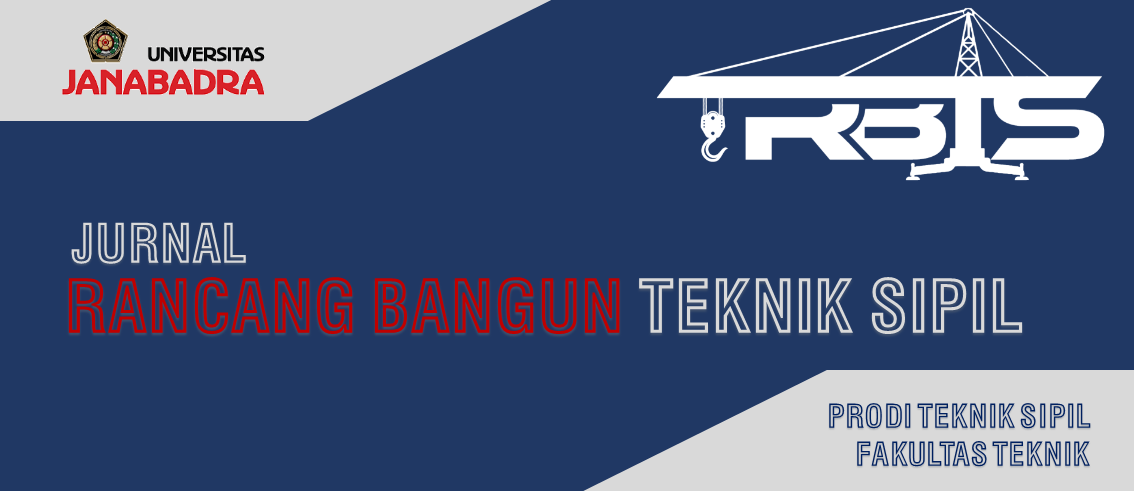Perbandingan Displacement, Gaya Dalam, Serta Tulangan Lentur dan Geser Kolom Antara SRPMB dan SRPMK
Sari
The principle of building structure planning is to produce a building that is safe, comfortable, durable, efficient and economical. A building structure must be able to withstand loads and forces acting on the structure itself as well as external forces such as earthquake and wind forces, so that the planned building structure is safe. There are many variations in the size of buildings, therefore in planning a building requires careful planning in terms of safety, cost, function, aesthetics, and time. In building planning, a structural planning program is needed to obtain optimal and accurate results. One of the structural planning programs used is SAP 2000.
In addition to the program, the latest regulations are also needed, namely SNI 1726-2019 concerning Procedures for Earthquake Resistance for Building and Non-Building Structures, SNI 2847-2019 Standards for Calculation of Concrete Structures for Buildings and Loading Planning for Houses and Buildings SNI 1727-2020. There are 3 (three) planning systems for earthquake resistant structures according to SNI 2847-2019, namely the Ordinary Moment Resisting Frame System (SRPMB), the Intermediate Moment Resisting Frame System (SRPMM), and the Special Moment Resisting Frame System (SRPMK). In this study, we will compare the results of displacement, internal force, and column flexural and shear reinforcement between SRPMB and SRPMK.
The results showed that the displacement of floors 1-7 due to gravity loads on SRPMB has the same value compared to SRPMK, displacements of floors 1-7 due to earthquake loads in the x and y directions on SRPMB are greater than SRPMK and with a multiple of 2.6667, the force axial (P), shear (V), and moment (M) on SRPMB are larger than SRPMBK, and in general, the amount of flexural reinforcement in columns with SRPMB is greater than that in columns with SRPMK, while column shear reinforcement with SRPMB is smaller compared with SRPMK.
In addition to the program, the latest regulations are also needed, namely SNI 1726-2019 concerning Procedures for Earthquake Resistance for Building and Non-Building Structures, SNI 2847-2019 Standards for Calculation of Concrete Structures for Buildings and Loading Planning for Houses and Buildings SNI 1727-2020. There are 3 (three) planning systems for earthquake resistant structures according to SNI 2847-2019, namely the Ordinary Moment Resisting Frame System (SRPMB), the Intermediate Moment Resisting Frame System (SRPMM), and the Special Moment Resisting Frame System (SRPMK). In this study, we will compare the results of displacement, internal force, and column flexural and shear reinforcement between SRPMB and SRPMK.
The results showed that the displacement of floors 1-7 due to gravity loads on SRPMB has the same value compared to SRPMK, displacements of floors 1-7 due to earthquake loads in the x and y directions on SRPMB are greater than SRPMK and with a multiple of 2.6667, the force axial (P), shear (V), and moment (M) on SRPMB are larger than SRPMBK, and in general, the amount of flexural reinforcement in columns with SRPMB is greater than that in columns with SRPMK, while column shear reinforcement with SRPMB is smaller compared with SRPMK.
Teks Lengkap:
PDFRefbacks
- Saat ini tidak ada refbacks.
